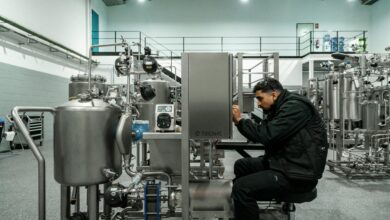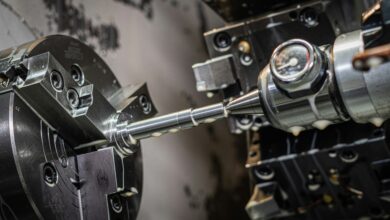It’s easy to assume that things are running fine in your business if nothing obvious is going wrong. After all, if orders are going out, customers are coming in, and equipment is mostly working, what’s the problem? Well, the truth is, most businesses don’t fall apart all at once – they actually unravel quite slowly, with little problems that get overlooked until they become big ones causing a lot of the issues.
So of course, you’ll want to know how to keep things running well, and it’s good to know that that means being proactive, not just reactive, and it’s about making sure your systems, tools, and people have what they need to work without constant supervision, delays, or last-minute fixes. With that in mind, keep reading to find out more.

What Are The Things That Slow You Down?
Every business has a few weak points – maybe it’s a delivery that always shows up late, or a system that only works if you remember three separate workarounds, or machinery that’s overdue for maintenance but it’s still running, so you leave it… there are dozens of things like that in every business.
These things don’t stop the business entirely, but they slow it down, and when you add them all up, they eat into time, energy, and sometimes profits, so they’re not good to have. Of course, most people don’t ignore these problems because they don’t care – they ignore them because they don’t have time to stop and deal with them properly. But that’s a false economy.
Small Fixes Make A Big Difference
You don’t need to fix and change everything to see improvement and sometimes, a small change, like automating a task or replacing a piece of tech that no longer does its job, removes a daily friction point that nobody even realised was causing stress, and suddenly everything’s better.
That’s where smart tools come in. Systems like Cognition Controls give you more insight into what’s really going on, especially with equipment or infrastructure that doesn’t show obvious signs of wear until it’s too late. And with better monitoring and reporting, you can step in early, plan ahead, and avoid disruption.
Keep An Eye On The Future
Good businesses fix what’s broken, but the best businesses do more – they look ahead, spot patterns, and prepare for what’s likely to happen next. That might mean tracking how your systems are performing over time, building in contingency plans, or just making room in the schedule for preventative maintenance, for example, but whatever it is, it needs to be done.
It also means understanding that “just about working” isn’t a long-term strategy. At some point, the cracks will show, but if you catch them early, they don’t have to become a crisis.
Final Thoughts
Running a business is always going to involve problem-solving, but if you’re solving the same problems over and over, or reacting to issues after the fact, it might be time to rethink how things are set up. The good news is, the things we’ve mentioned above are a great starting point to help you.




